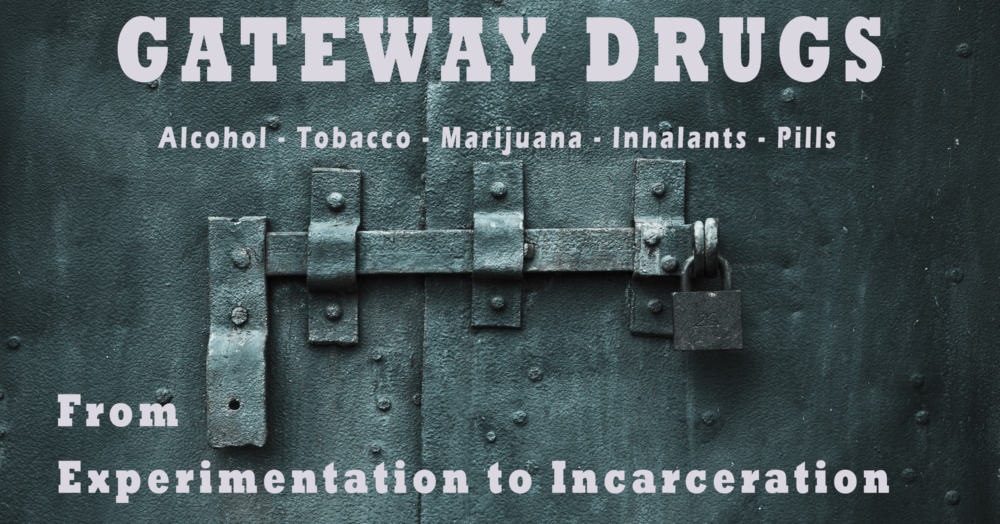It’s not always easy to engage with our teenagers about the dangers they face. But adolescents care what their parents think and take fewer risks when we keep the lines of communication open.
14.4% of US high-school students and 3.3% of middle schoolers currently vape as of 2021.
*What do e-cigarettes and vaping devices look like?
E-cigarettes and vape devices come in several forms. While some resemble tobacco products, others resemble household objects like USB devices, pens, highlighters, and chargers. Vaping devices like Puff Bar designed for one-time use and are now disposable.
*Are vape devices and e-cigarettes the same thing?
Yes, e-cigarettes and vaping devices are synonymous. Ever-evolving slang or brand names are also used to refer to vaping, including “blowing clouds”, a nod to the smoke “cloud” produced by exhaling chemical-filled aerosols.
*Isn’t vaping just “flavored water vapor?
No, vaping involves inhaling “e-juice” in the form of aerosol produced by an electronic cigarette or vape device. The aerosol typically contains flavorings such as diacetyl, a chemical linked to serious lung disease, nicotine, and other harmful chemicals. Vape cartridges or “pods” can also be filled with THC, CBD or other e-juices.
*Why is Vaping Dangerous/Why should I be concerned if my child is vaping?
Vaping is harmful and dangerous to kids. Almost all vape liquid contains nicotine, which is addictive and harmful to adolescent brain development, and vaping aerosols contain chemicals linked to serious lung disease and heavy metals.
*Is There Regulation?
No vaping product has been approved by the FDA as a safe and effective way to quit and there aren’t any studies to show the long-term side effects. In 2017, FDA published a rule clarifying that products made or derived from tobacco products including e-cigarettes and vaping devices.
And while FDS has issued an enforcement policy on flavored e-cigarette products, including fruit and mint flavors that appeal to kids, manufacturers are finding loopholes and continuing to market flavors to kids. A recent report revealed that 85% of kids who vape use flavored vaping products such as fruit, candy, menthol, and mint.
Additionally, many e-cigarette labels still do not disclose whether or not they contain nicotine. Even those that say they do not have nicotine have been found to contain it.
The facts are clear. As you just learned vaping is dangerous for your child.
Shelly Wardlow
Executive Director of DrugFree Greenville
